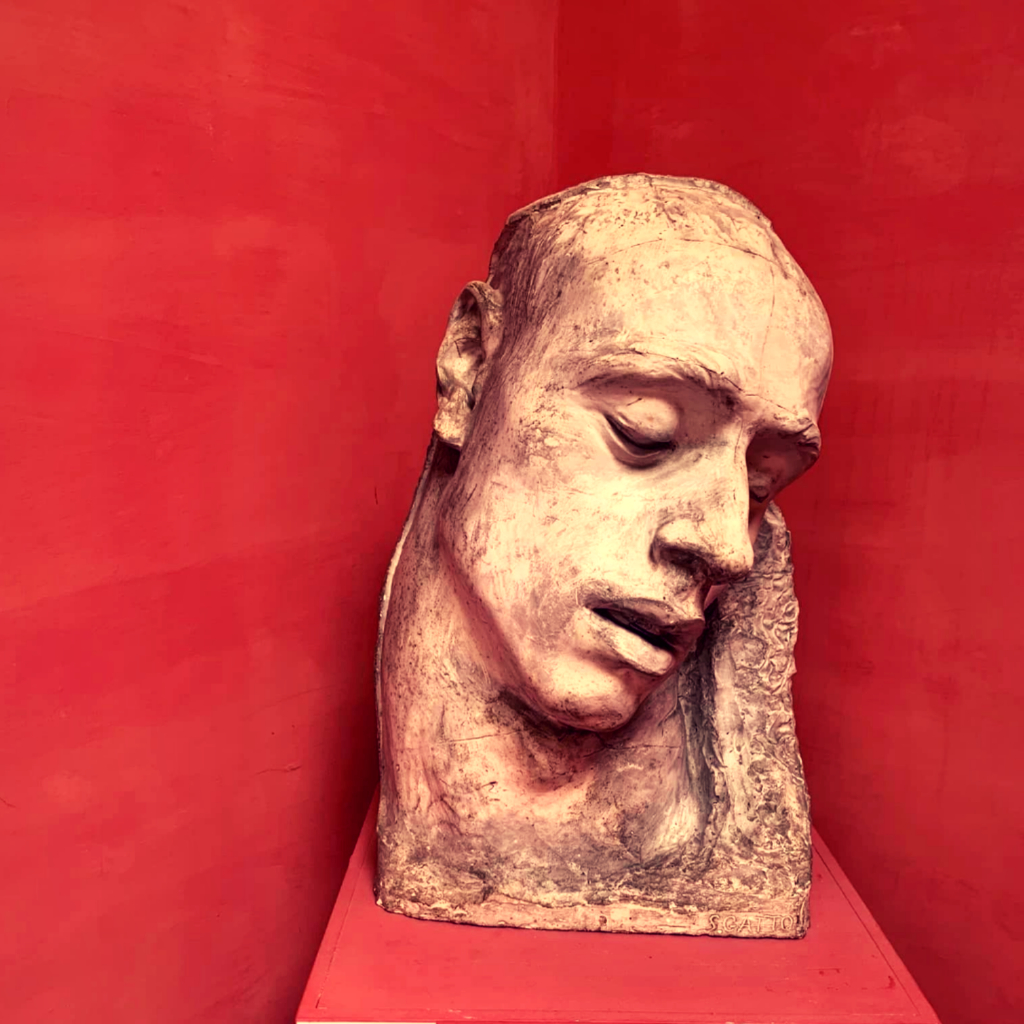The 16th-century Italian composer Giovanni Pierluigi da Palestrina (1525 or 1526-1594) is considered one of the greatest master of Roman Catholic Church music during the Renaissance period, producing hundreds of sacred vocal works of serene beauty. His music is known for its clear lines, beautiful harmonies and joyful rhythmic sense. ” Palestrina’s style” is characterised by a sense of perfect balance and equilibrium: a whole combination of filled with poetic charm words and saturated vocal sounds.
The composer was born “Giovanni Pierluigi” but acquired the surname of Palestrina from the name of his birthplace, a hill town near Rome. He became a choir boy in Rome at 12 or possibly younger, but returned to his birthplace when he was 18 or 19 and was appointed organist. He began composing in the next few years, and his music was noticed by the Bishop of Palestrina. When the bishop became Pope Julius III in 1550, he appointed the young Palestrina as choirmaster of the Julian Chapel of St. Peter’s Basilica in Rome.
Palestrina worked in other major Roman churches in subsequent years, but returned to the Julian Chapel as choirmaster in 1571, where he remained for the rest of his life. Palestrina’s large body of work encompasses the most important musical categories of the late Renaissance period: masses, motets, and madrigals. Madrigals played only a small role, however. He wrote predominantly sacred music for which he was famous and admired in his own time. Although Palestrina’s motets are important, he is best known for his more than 100 masses.
Palestrina popularized polyphonic music, the use of two or more vocal melodies in the same song, in the Latin Rite. … Prior to this, most hymns and liturgical songs were performed in the so-called as “plainchant.” The most famous of this style are Gregorian chants.
His religious compositions, especially the masses, were of such high quality that he was called the “Prince of Music.” Palestrina’s most famous mass was Missa Papae Marcelli, which he dedicated to Pope Marcellus II (1501–1555; reigned 1555) in 1555.

Palestrina left hundreds of compositions, including 104 masses, 68 offertories, more than 300 motets, at least 72 hymns, 35 magnificats, 11 litanies, 4 or 5 sets of lamentations etc., at least 140 madrigals and 9 organ ricercari (however, recent scholarship has classed these ricercai as of doubtful authorship; Palestrina probably wrote no purely instrumental music). There are two comprehensive editions of Palestrina’s works: one edited by Haberl and published in 33 volumes in 1862-1894, the other edited by R. Casimiri and others and published in 34 volumes. His Missa sine nomine seems to have been particularly attractive to J.S. Bach, who studied and performed it while he was writing his own masterpiece, the Mass in B Minor (BWV 232). His compositions are typified as very clear, with voice parts well-balanced and beautifully harmonized. Among the works counted as his masterpieces is the Missa Papae Marcelli (Pope Marcellus Mass), which according to legend was composed to persuade the Council of Trent that a draconian ban on polyphonic treatment of text in sacred music was unnecessary. However, more recent scholarship shows that this mass was composed before the cardinals convened to discuss the ban (possibly as much as ten years before). It is probable, however, that Palestrina was quite conscious of the needs of intelligible text in conformity with the doctrine of the Counter-Reformation, and wrote his works towards this end from the 1560s until the end of his life.


